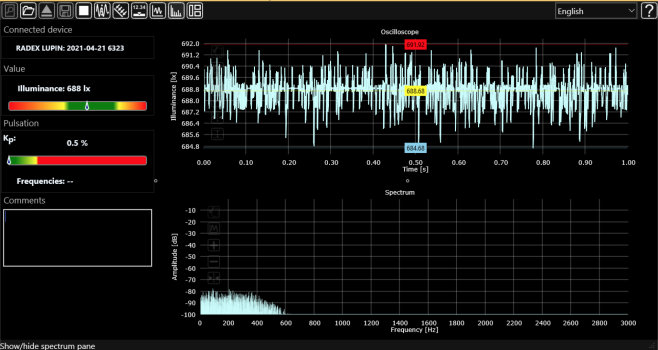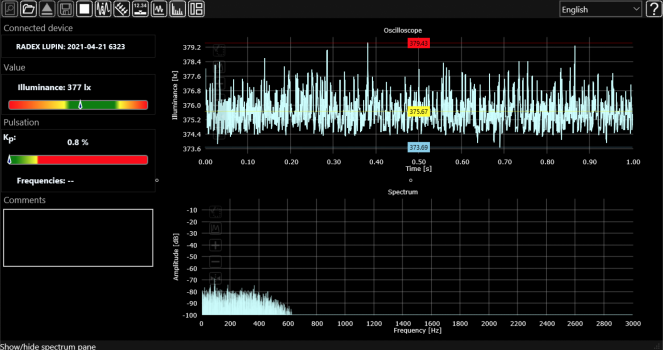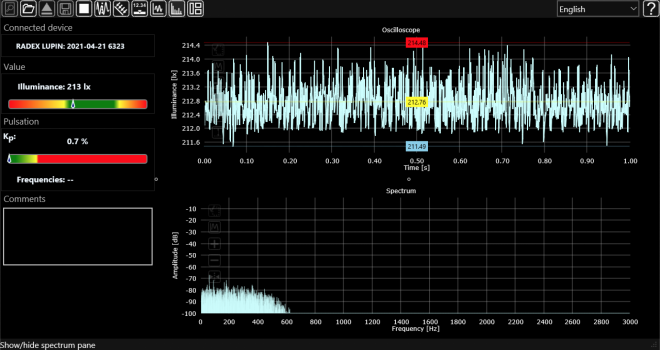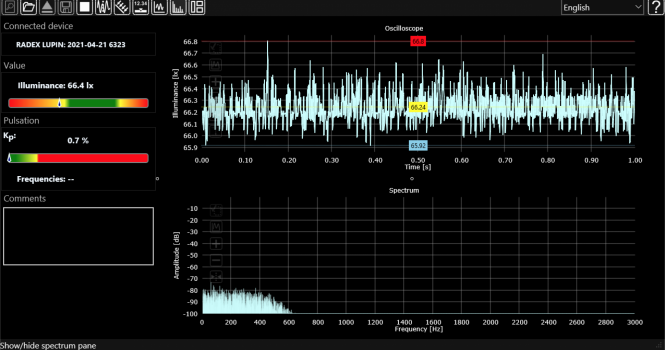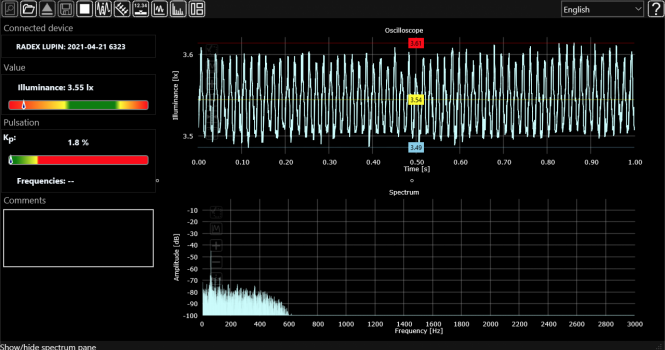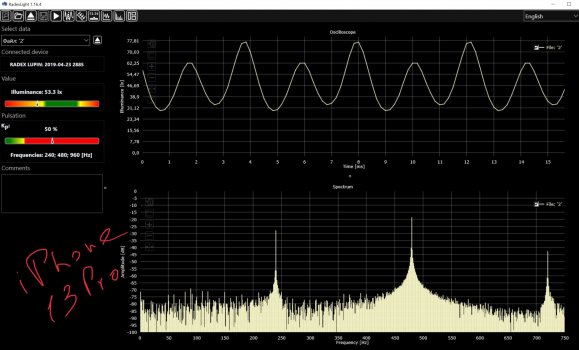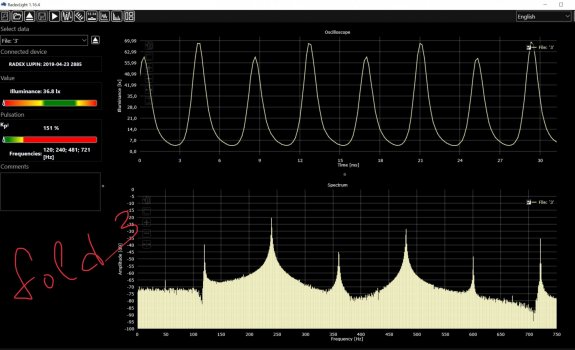I’ll try to put it simple, I promise

1. Flickering light could be bad for your eyes and/or brain. Every individual reacts to flicker differently.
2. After certain frequency you can’t see flicker because it’s too fast. But up to the frequencies of
300 Hz (times per second) your brain will continue to react: there are brain impulses with the same frequency as flashing light which you see (established in one old USSR research, therefore in Russia there are no rules and guidelines which restrict modulation parameters on frequencies above 300 Hz).
However, modern researches suggest that frequencies up to
1250 Hz could be (possibly maybe) dangerous/could be sensed.
3. Flickering light has other parameters, such as how ‘bright’ and how ‘dark’ it gets during one oscillation cycle. Different metrics have been developed to measure this intensity variation. For example, lets take Percent Flicker or Modulation (%):
Percent Flicker = Mod% = 100*(Emax-Emin)/(Emax+Emin), where Emax and Emin are maximum and minimum illuminance during one cycle.
But this metric doesn’t represent how illuminance changing, in other words, how long light stays on or off. That’s why in several countries the Pulsation Coefficient is used:
Kp = 100*(Emax-Emin)/2Eavg, where Eavg is the average illuminance during one cycle. It is not just (Emax+Emin)/2, because your should take time-weighted values.
Ideally, for screens,
Kp should be below 5%.
4. iPhone 13 Pro/Max has PWM frequency 480 Hz, which is more than:
240 Hz in iPhone X/Xs;
290 Hz in iPhone 11 Pro;
280 Hz in iPhone 12 Pro;
240 Hz in iPhone 12/mini.
And that‘s definitely a good thing. Samsung modern flagships have 240 Hz.
5. iPhone 13 Pro/Max has maximum Kp (pulsation coefficient) about 50%, which is not great, but way better than previous iPhones (and modern Samsungs), where it was more than 110%.
Summary: iPhone 13 Pro/Max screen has greater PWM frequency (480 Hz) and lower pulsation coefficient (50%) than previous OLED-iPhones or modern Samsung phones.
It is better, but still not perfect.
Here are screen oscillations of iPhone 13 Pro and Samsung Galaxy Fold3 (with brightness settings at their worst Kp).
You can see that iPhone’s illuminance goes from (roughly) 78 to 29 lx at 480 Hz, while Samsung’s illuminance varies more harshly from 68 all the way down to 4 lx at 240 Hz.


